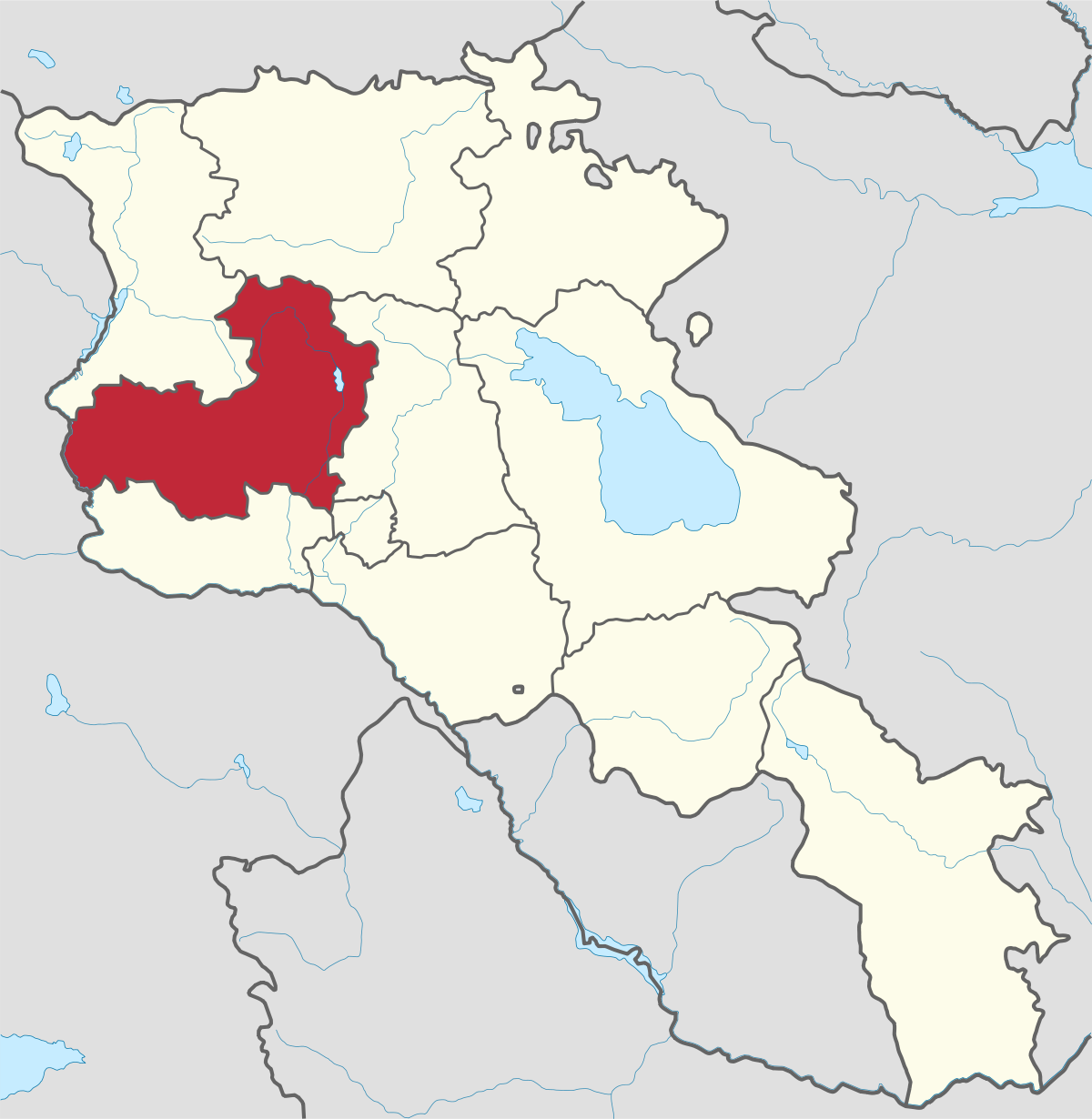
Aragatsotn Region
Aragatsotn is named after the massive mountain (4095m / 13,435 ft.) that hovers over the northern reaches of Armenia. This region is one of the...
Mother See of Holy Echmiadzin
Echmiadzin is the Vatican of the Armenian Apostolic Church, the place where St. Grigor Lusavorich saw a beam of light in a divine vision, and where he built the first Mother Cathedral.
The seat of the Catholicos then wandered across western Armenia for centuries before returning here in 1441, with substantial rebuilding occurring in the 15th century.
Mother Cathedral
The Mother Cathedral was consecrated in 303 CE but later fell in ruin and was rebuilt in 480–483. More work and expansion occurred in the 600s, 1600s and 1700s, and a major restoration of the exterior was being undertaken at the time of writing. The three-tiered bell tower at the entrance of the church is richly carved and dates from 1654. The roof of the church gleams with frescoes. At the center is an altar at the place where St Gregory saw the divine light strike the ground.
Divine Liturgy is celebrated every Sunday starting at 11am (10.30am on feast days).
Relics of the Museum
At the rear of the church is the Cathedral Museum which houses precious objects and relics collected by the church, including the Holy Lance (Geghard), the weapon used by a Roman soldier to pierce the side of Christ while he was still nailed to the cross. There are also clerical vestments and crowns, illuminated manuscripts, processional crosses, a hand-shaped reliquary of St John the Baptist, and a beautiful beaten-gold reliquary dating from 1300 that is said to contain a relic of the True Cross.
Palace of the Catholicos
The Palace of the Catholicos is the home of the present Catholicos, Karekin II, who was enthroned in November 1999. He is the supreme prelate of the 1700-year-old Armenian Apostolic faith. On its 2nd floor is the Pontifical Residence Museum, a series of galleries showcasing the art collections, treasured possessions and personal effects of the Catholicoses and kings of Armenia. This is visited on a guided tour (Armenian-language only).

Aragatsotn is named after the massive mountain (4095m / 13,435 ft.) that hovers over the northern reaches of Armenia. This region is one of the...
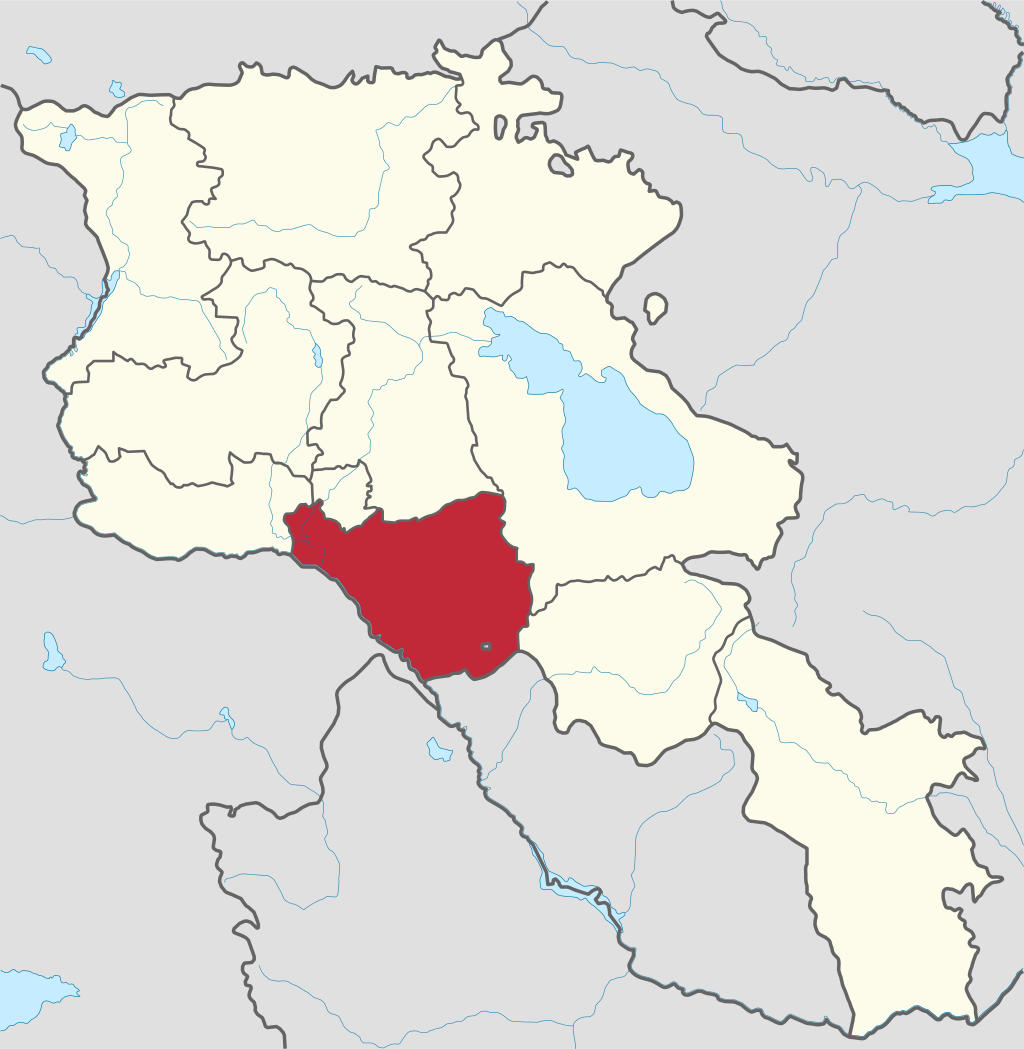
Ararat region is named after the biblical Mount Ararat which is mentioned in the Bible as a place where Noah’s ark has landed after the Great...
.png)
Armavir Region - Because of its Christian history the region is most famous for locals and Diaspora Armenians, who make pilgrimages to Armenia to...
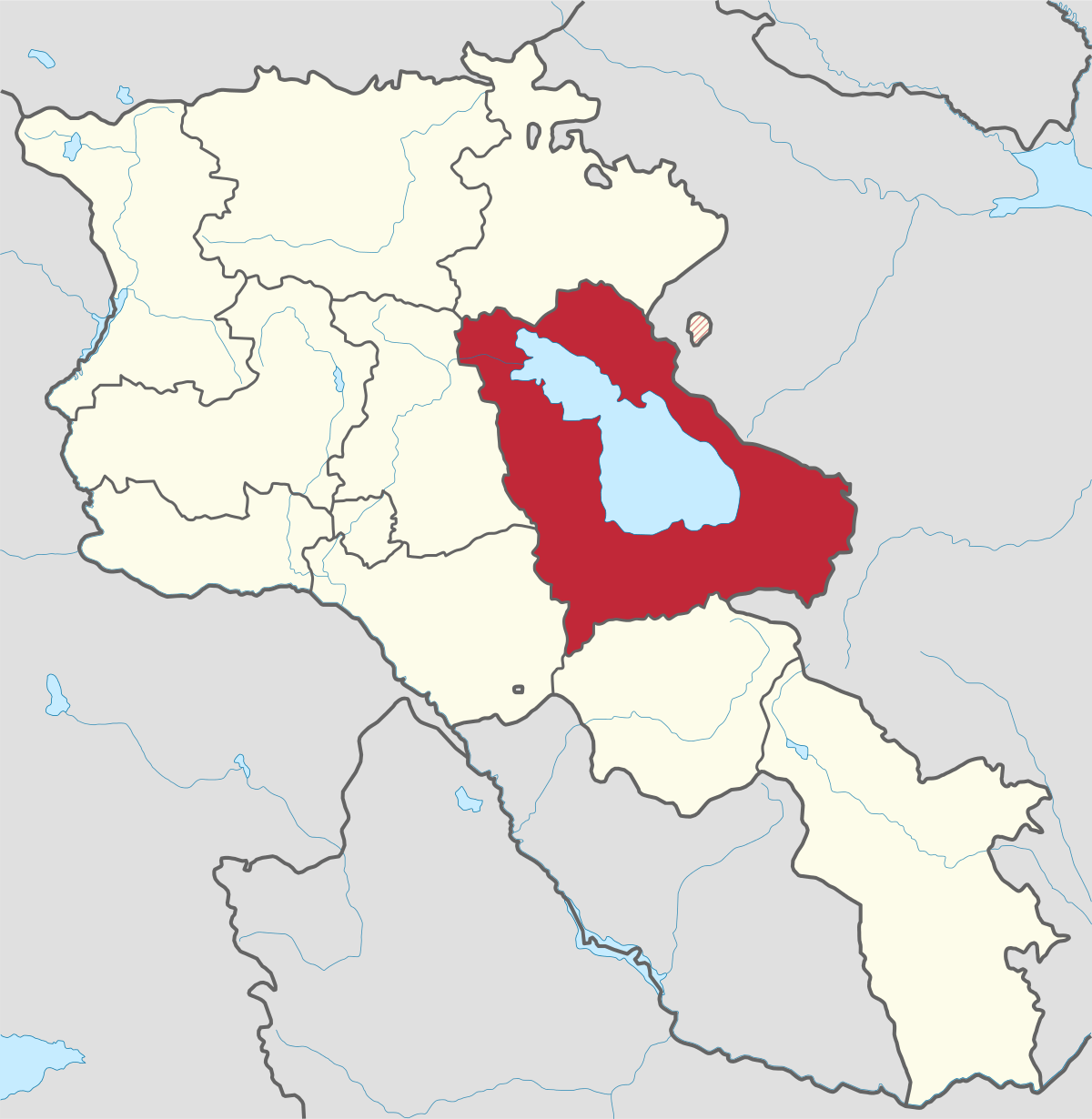
Gegharkunik ist die größte Region Armeniens, die an Aserbaidschan und die Shahumyan-Region der Republik Berg-Karabach grenzt. Ein Viertel der...
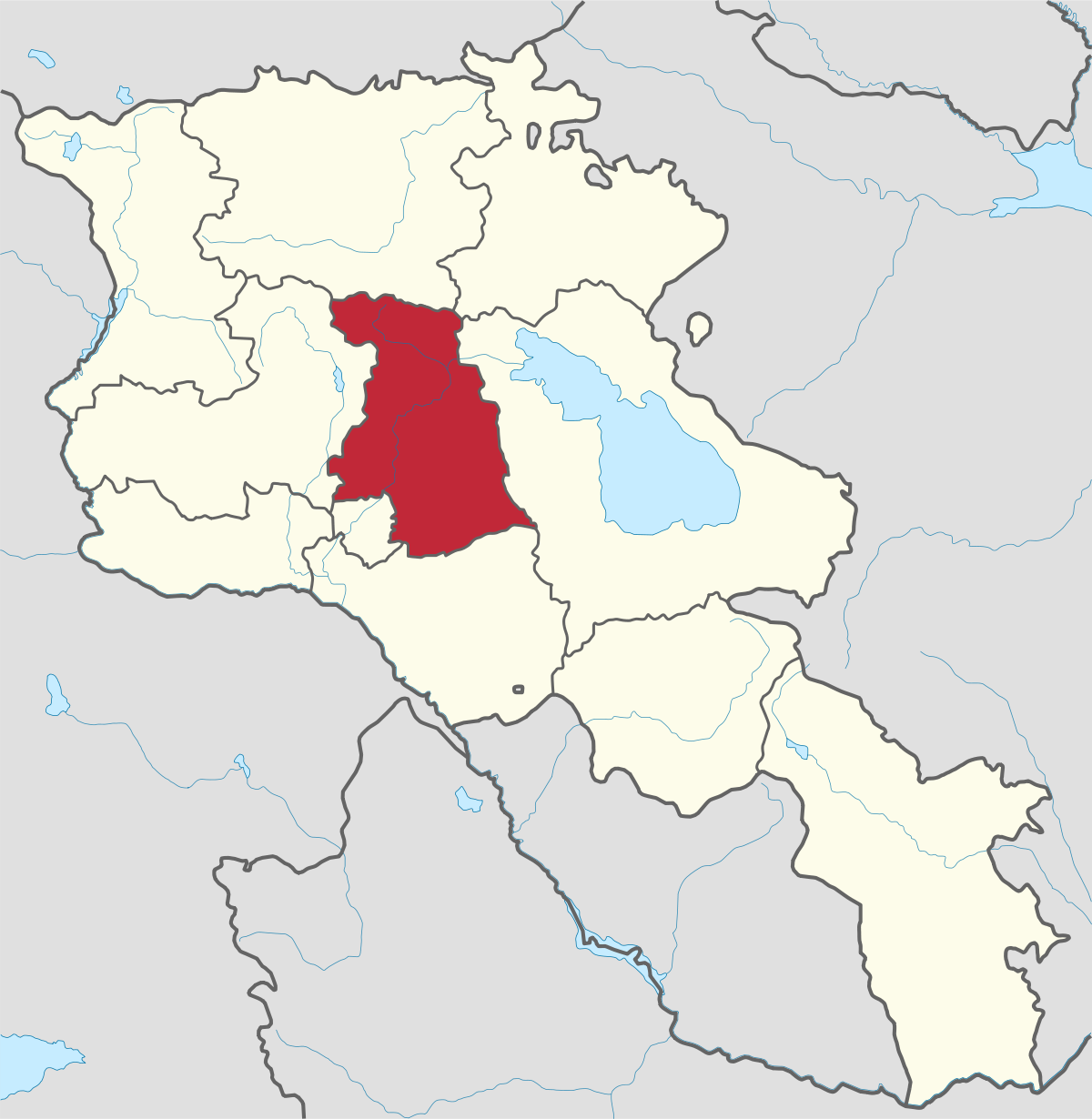
Kotayk region is located at the central part of the country and is home to many must-see sites in Armenia including the pagan Temple of Garni...
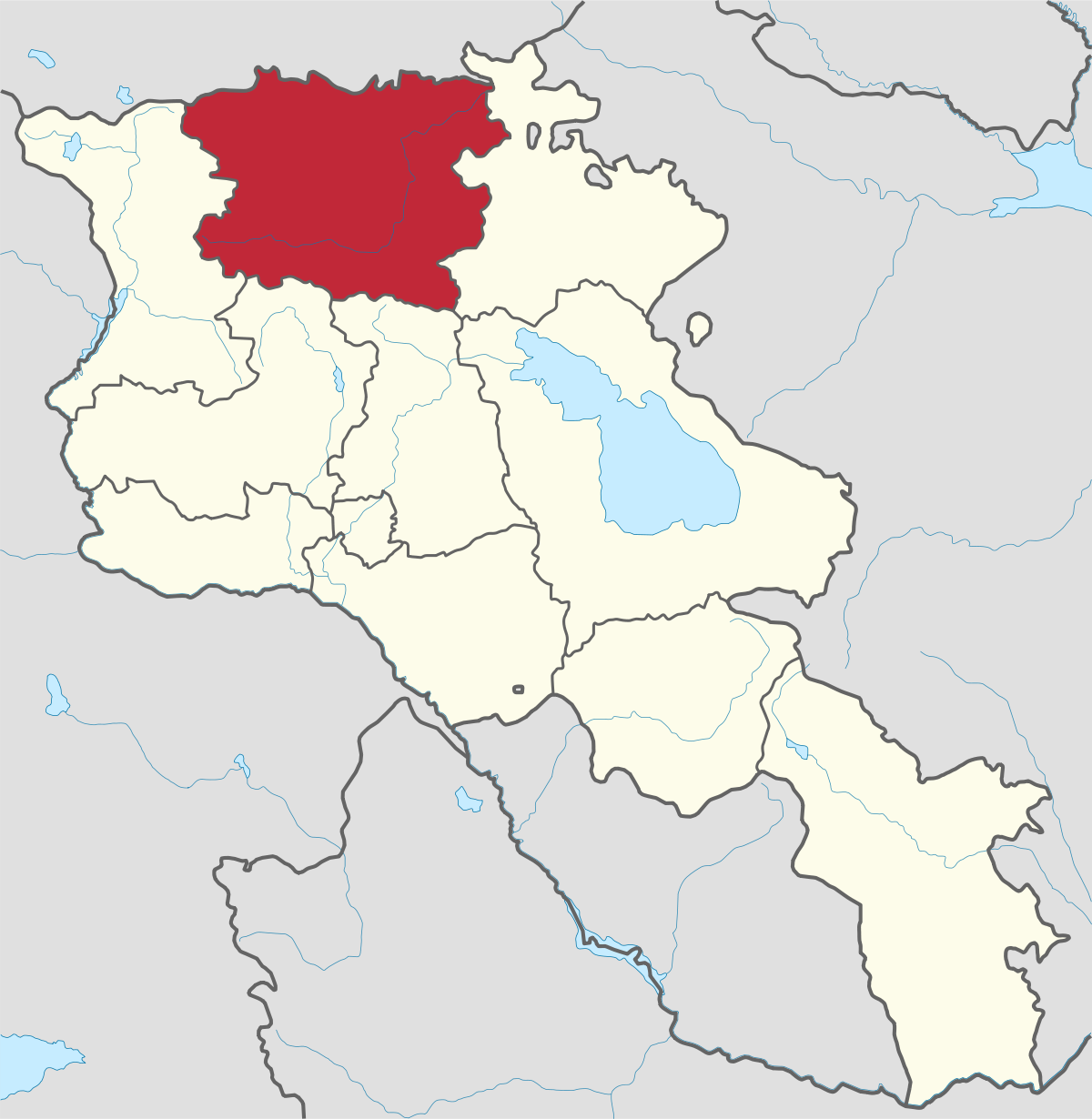
Lori region is in the northern part of Armenia, bordering on Georgia. It is considered Armenia’s greenest area, with more native forest land than...
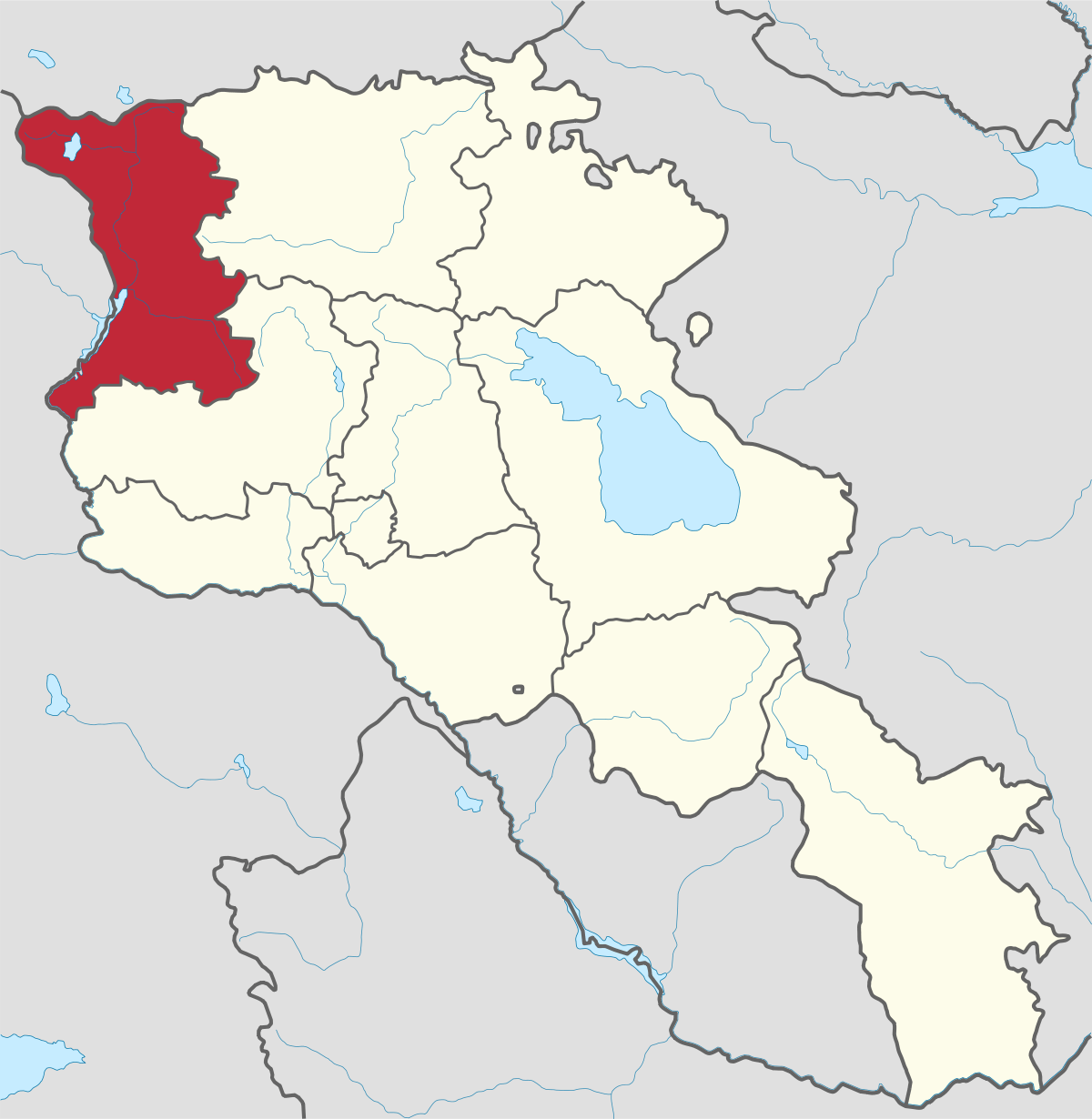
Shirak region lies in the north-west of Armenia. It borders with Georgia and Turkey. Shirak region is mainly dominated by the Ashotsk Plateau and...
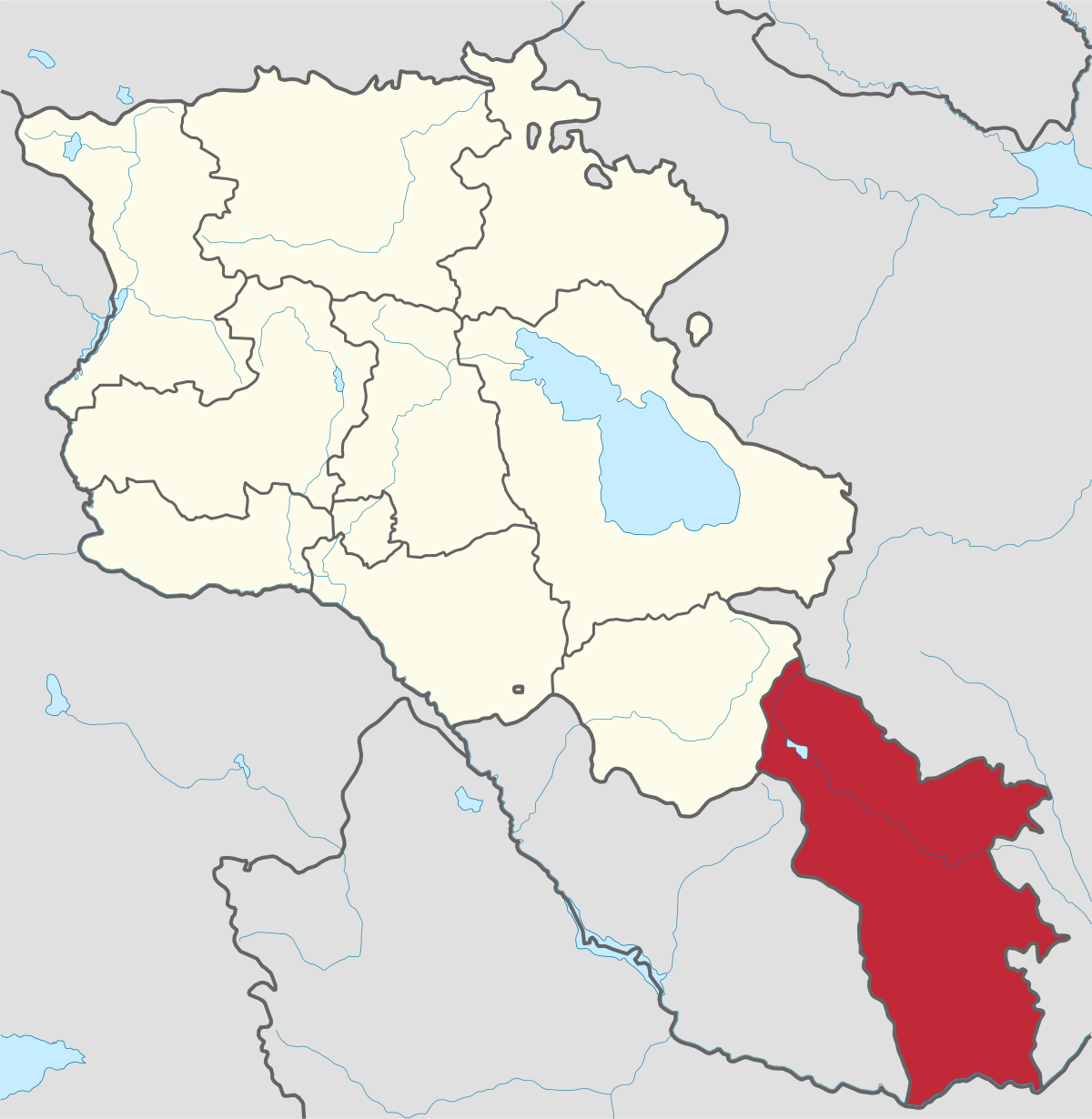
Syunik region- It is in the southern part of Armenia, bordering by Azerbaijan's Nakhchivan Autonomous Republic exclave, the de facto independent...
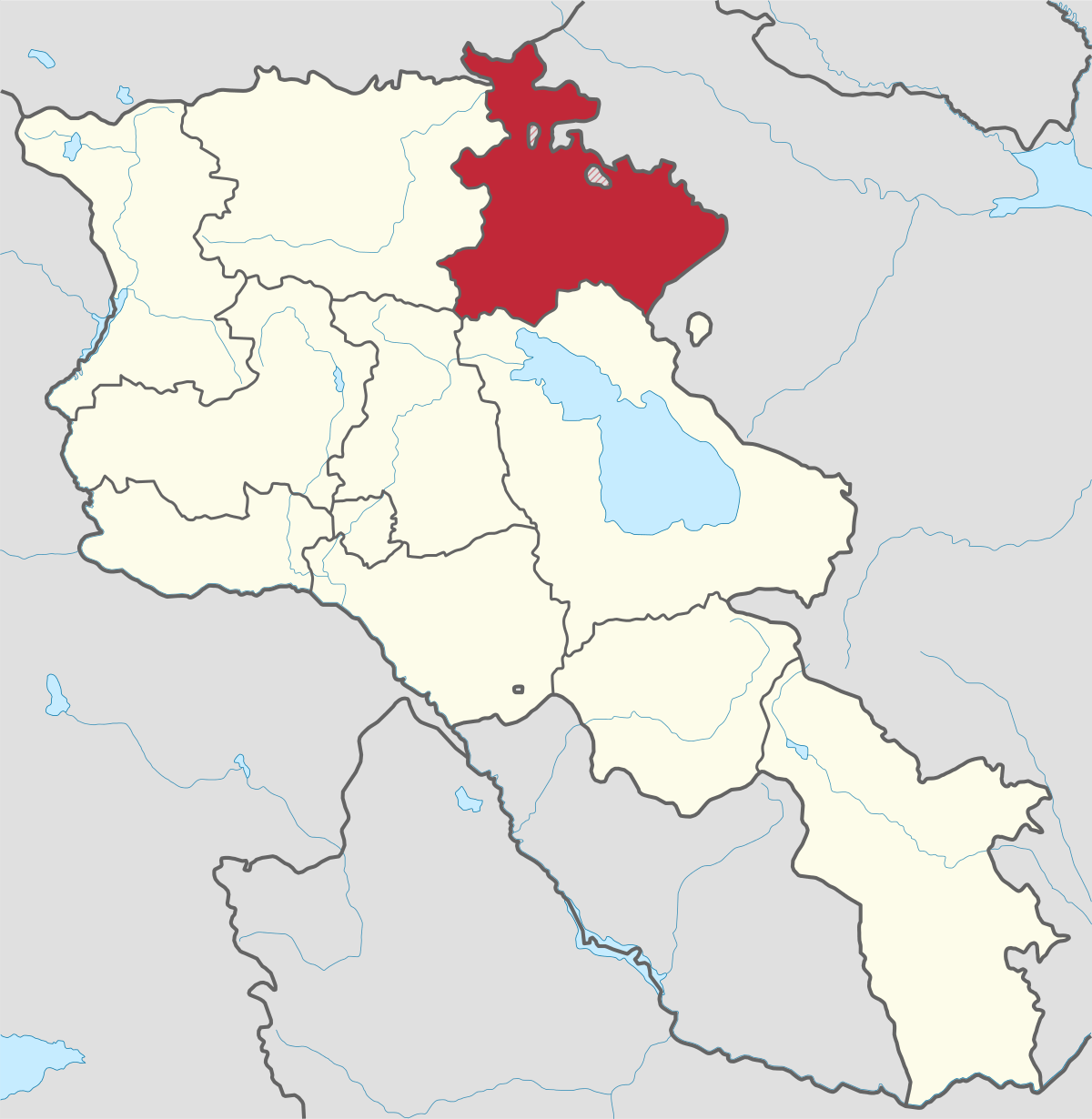
Tavush region lies in the Northeast of Armenia, bordering by Georgia and Azerbaijan. The territory is mainly mountainous and rocky hillsides...
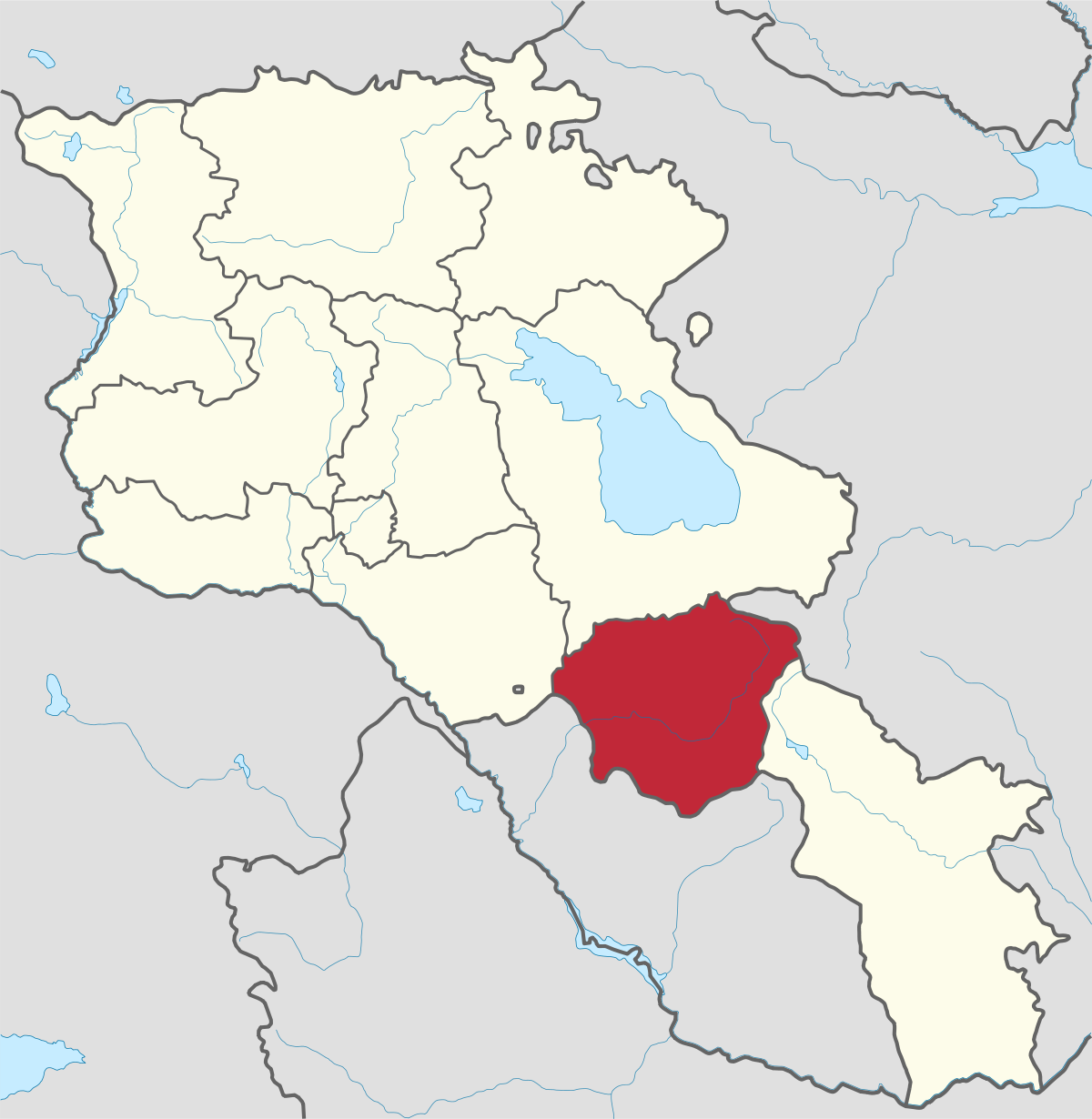
Vayots Dzor region is mainly a mountainous region at the southeastern end of the country, known with Jermuk Waterfall, Areni cave, Smbataberd...
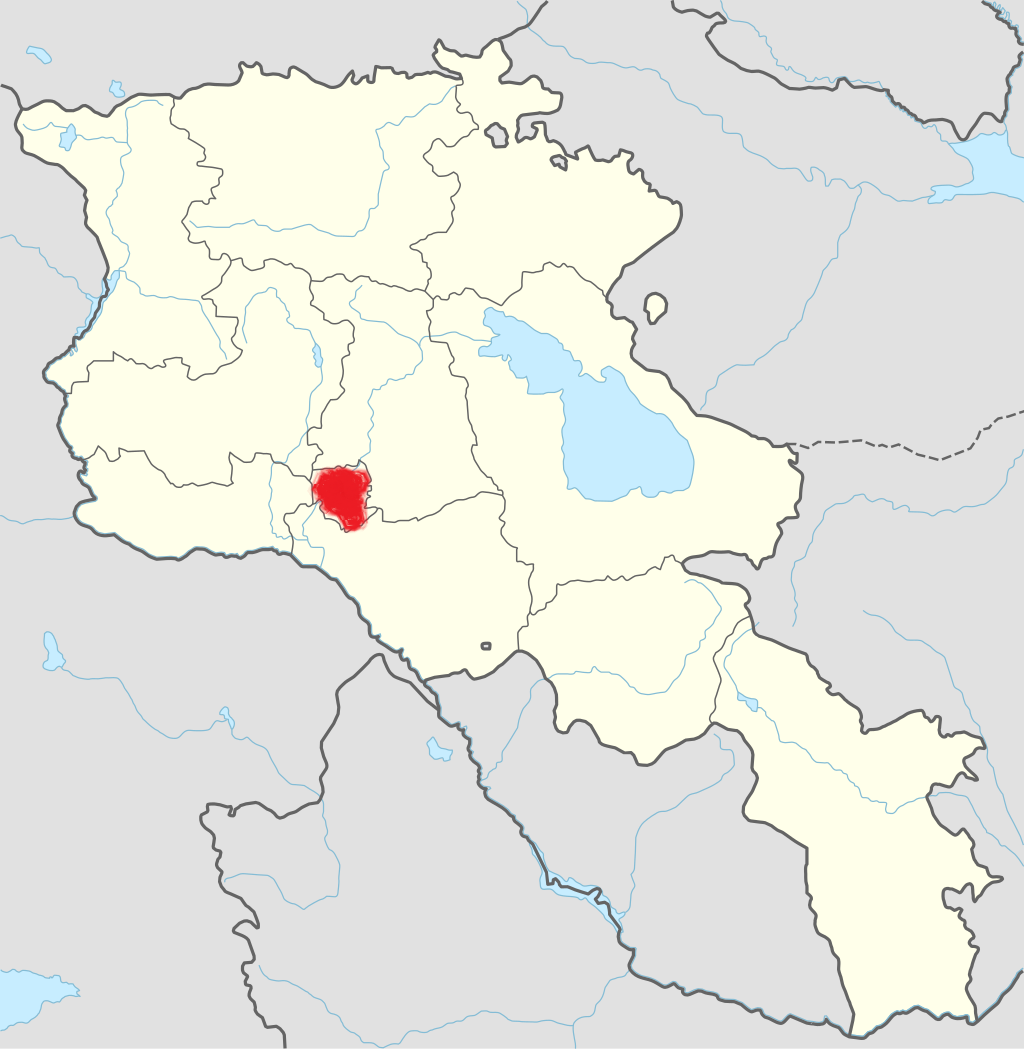
Yerevan city – 2800 years old. Yerevan is the capital of the Republic of Armenia with more than 1 million people. It is an amazing city with view...
800
149
1476
32